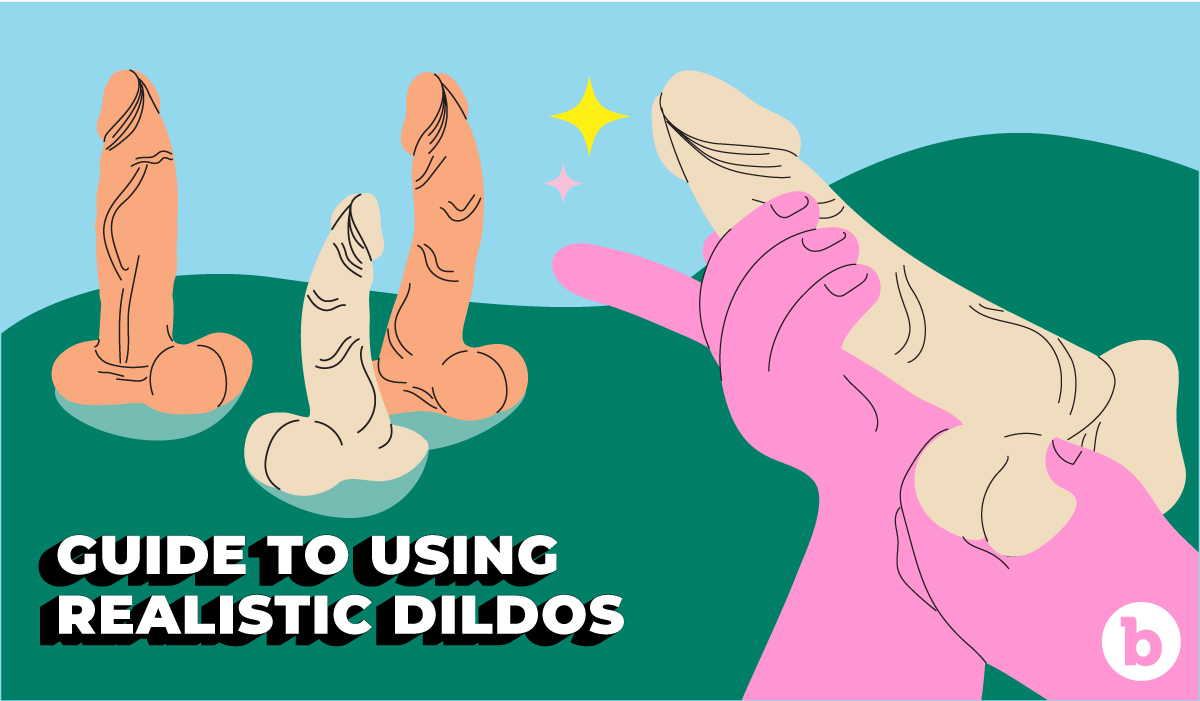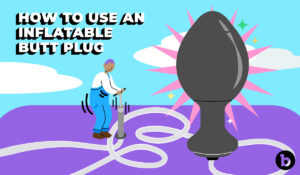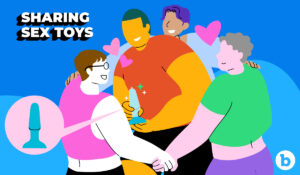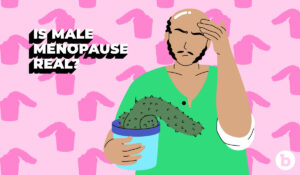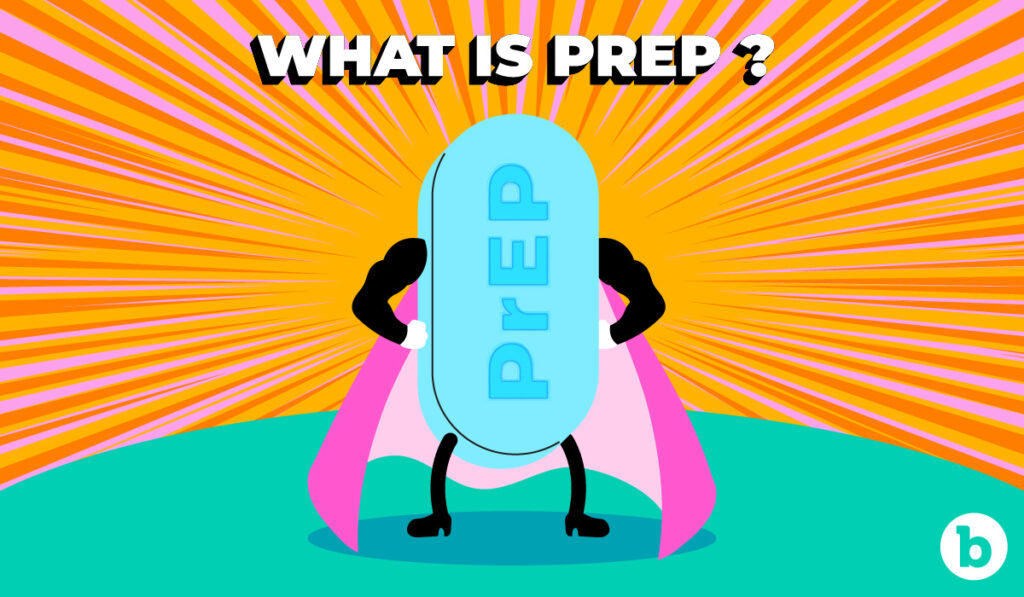
What is PrEP?
PrEP is often seen as trailblazing the eradication of HIV and AIDS. But exactly what is it, and what are some precautions to consider when taking it? Sex educator Bobby Box breaks down the wonder pill in this Queeries article.
One of the first things I was told when I came out of the close was, "Just don't get AIDS." Now I can't speak for everyone, but I sense that I'm not the only one who, following one of the most liberating moments of our lives, almost immediately had their identity conflated with one of the darkest moments in our community's history.
Of course, years later, I understand these are comments from the closed-minded or the uneducated, but this goes to show just how persistent stigmas can be. The fact of the matter is HIV is now considered a manageable health condition. People living with HIV can live perfectly healthy lives just like anyone else.
The progress that's been made is nothing short of extraordinary. In 2019, new HIV infections dropped eight percent from just four years prior. The CDC credits much of this progress to the sustained increase in PrEP use since roughly 25 percent of the 1.2 million people who PrEP is recommended for were prescribed it in 2020, whereas it was only prescribed to three percent of this population in 2013. This decrease was particularly notable among gay and bisexual men ages 13 to 24, where new infections dropped by 33 percent.
Goals projected in the Ending the HIV Epidemic in the U.S. (EDE) plan, composed by agencies across the U.S. Department of Health and Human Services, anticipate that these numbers will continue to drop at an accelerated rate, and are aiming to reduce new HIV infections by 75 percent come 2025 and by 90 percent come 2030.
Current HIV & AIDS data trends estimate that approximately 1.2 million people in the U.S. are living with HIV, and 13 percent of this population don't know they have it. More than 700,000 Americans have been lost to HIV since 1981, and while new HIV diagnoses have declined significantly, public resources fear there is a risk of an HIV resurgence based on several avoidable factors, including HIV-related stigma, homophobia, and a lack of access to HIV prevention.
However, with continued dedication, advancements in medicine, more programs aimed at high-risk groups, and further efforts toward providing accessible healthcare, the end to HIV has never seemed more plausible.
WHAT IS PrEP?
PrEP is an HIV prevention strategy where an HIV-negative person takes a daily pill to reduce the risk of contracting HIV. When taken as prescribed, PrEP reduces the risk of sexually contracting HIV by as much as 99 percent.
"There's no level of sexual activity that would require being on PrEP versus not; it's up to the individual to decide how much they are at risk, says Dr. John McGarry, the Medical Director of MISTR, a telemedicine platform offering online access to PrEP. "In general, anyone with multiple sexual partners, exposure to someone who has HIV, or other high-risk behavior like IV drug use should strongly consider PrEP."
Most people are candidates for PrEP as long as they don't have a history of kidney or liver problems or take certain seizure medications.
HOW DOES SOMEONE BECOME HIV+?
The most common ways to become HIV positive is through sexual anal and vaginal intercourse with an HIV+ individual or sharing needles, syringes, or other drug injection equipment, such as cookers, which are containers used to mix and heat drugs.
When HIV enters the body, it targets the CD4 cells, which help fight infection in the immune system, and begins replicating within them, creating copies of themselves. These copies become so abundant that they eventually escape into the body to source more CD4 cells to continue making copies. The immune system tries to stop them, but if the immune cells can't keep up, HIV spreads to other parts of the body, becoming a diagnosable condition.
When an HIV-negative person starts taking PrEP, the drugs reach high concentrations in the places where HIV can enter the body. The drugs create a protective barrier around the CD4 cells, preventing HIV from making copies of itself.
HOW IS PrEP DIFFERENT FROM PEP?
The main difference between PrEP and PEP (post-exposure prophylaxis) is that PrEP helps prevent HIV infection before exposure, whereas PEP treats patients who have been exposed to HIV and need treatment to prevent transmission.
PEP is recommended for folks who think they have been exposed to HIV. They have a 72-hour window from the time of exposure in order for PEP to be effective; the earlier you're treated, the more effective PEP will be.
While PEP is not a cure for HIV, it may prevent the virus from entering cells in the body if it's taken quickly and consistently. Unfortunately, it is difficult to measure just how effective PEP is since little research has been conducted.
However, observational research suggests that PEP can reduce the risk of getting HIV by more than 80%. There have only been "very few" reports of HIV infection after using PEP, and the few cases that have occurred are often due to missing doses or PEP not being taken quickly enough.
PEP is a four-week course of drugs, taken once a day. The medication used for PEP is a single tablet of tenofovir disoproxil/emtricitabine (your standard PrEP pill) and a third drug, which is either raltegravir or dolutegravir. Each is a class of medications known as integrase inhibitors, which decrease the amount of HIV in your blood and increase the number of immune cells that help fight infections in your body.
THE DRUGS APPROVED FOR USE AS PrEP
There are two pills currently approved for use as PrEP: Truvada and Desovy. Truvada was approved as PrEP by the FDA in July 2012, and Descovy was approved in December 2019. Because it has been around longer, there is much more data available for Truvada than Descovy. However, both are 99 percent effective at preventing HIV through sex.
For example, Truvada is shown to be effective for everyone, whereas Descovy is shown to be effective for gay and bisexual cis men and trans women, the reason being that there hasn't been enough research to confirm that PrEP is safe for everyone.
What differentiates the two drugs is the form of tenofovir contained in each. Descovy contains a newer form called tenofovir alafenamide (TAF), whereas Truvada uses the original form, tenofovir disoproxil fumarate (TDF). This is enough to make one possibly a better option for a patient over the other.
For instance, Descovy is more accessible to people with pre-existing conditions like osteoporosis or kidney issues, whereas Truvada may be more cost accessible since there is a generic version of the drug.
"In general, we recommend Descovy when we are able to prescribe it, but both medications are great options for HIV prevention in most people," McGarry says. "Your insurance may only cover Truvada, and that's okay. It's a safe mediaction for the majority of patients to take."
In December 2021, the FDA approved the first injectable treatment as PrEP. Apretude (injectable PrEP) is given as two initial injections administered one month apart, and every two months afterward.
Two major clinical trials found that Apretude reduced HIV transmission by 70 percent in men who have sex with men and transgender women, and 90 precent in cisgender women.
WHAT ARE THE RISK FACTORS OF PrEP?
Both Truvada and Descovy have very low rates of side effects. While potential liver issues are a common concern for many medications, a review of 18 studies involving almost 12,000 PrEP users found that nobody had any significant change in liver function.
However, liver testing may be required if you have a history of liver disease, take other medications that can cause liver problems, or have a history of Hepatitis B or C, McGarry says.
Some may experience diarrhea, nausea, headache, fatigue, and stomach pain, thought these symptoms usually go away after the first few weeks. If the side effects you experience are severe or don't go away, the CDC recommends you speak with your healthcare provider.
WAYS TO TAKE PrEP
Daily PrEP
Daily PrEP involves people taking one pill once a day, every day, protecting individuals from HIV whenever they have sex or inject substances 24/7. Research has found that PrEP is less effective when it isn't taken as prescribed, as PrEP's efficiency decreases when doses are missed.
On-Demand (2-1-1) PrEP
On-demand PrEP is for cis-gender MSM who have occasional risk for HIV that can be predicted at least two hours in advance. On-demand PrEP is currently approved for cisgender men who have sex with men (MSM). It involves taking two pills, two to 24 hours prior to possible sexual exposure to HIV, and then taking one pill each day until two days after their last possible sexual exposure, hence 2-1-1.
"There are studies that have shown that the 2-1-1 method can be effective against HIV when taken correctly; however, as it does not have full FDA approval, we can't recommend it yet," McGarry says.
Injectable PrEP
PrEP is taken by injection by anyone who is eligible for PrEP and weighs at least 77 pounds. Once injections begin, the second injection must be provided 4 weeks after the first injection, and then future injections are given every eight weeks.
WHY IT'S IMPORTANT TO PRACTICE SAFER SEX ON PrEP
PrEP protects against HIV, but it does not protect against STIs. New here? We recommend familiarizing yourself with this guide on practicing safe sex.
Some research suggests PrEP use may be correlated with a rise in STIs among gay and bisexual men. However, it is uncertain whether this result is due to HIV no longer being a concern, causing a rise in condomless sex or sex with more partners, or that PrEP requires patients to be tested regularly for HIV and STIs, and STIs that would have gone untested are not testing positive.
But while PrEP is still relatively new, research predicts that the regular testing and treatment required for PrEP will help manage and reduce STI transmission among gay and bisexual men in the long term.
PUBLIC RESOURCES TO FIND PrEP:
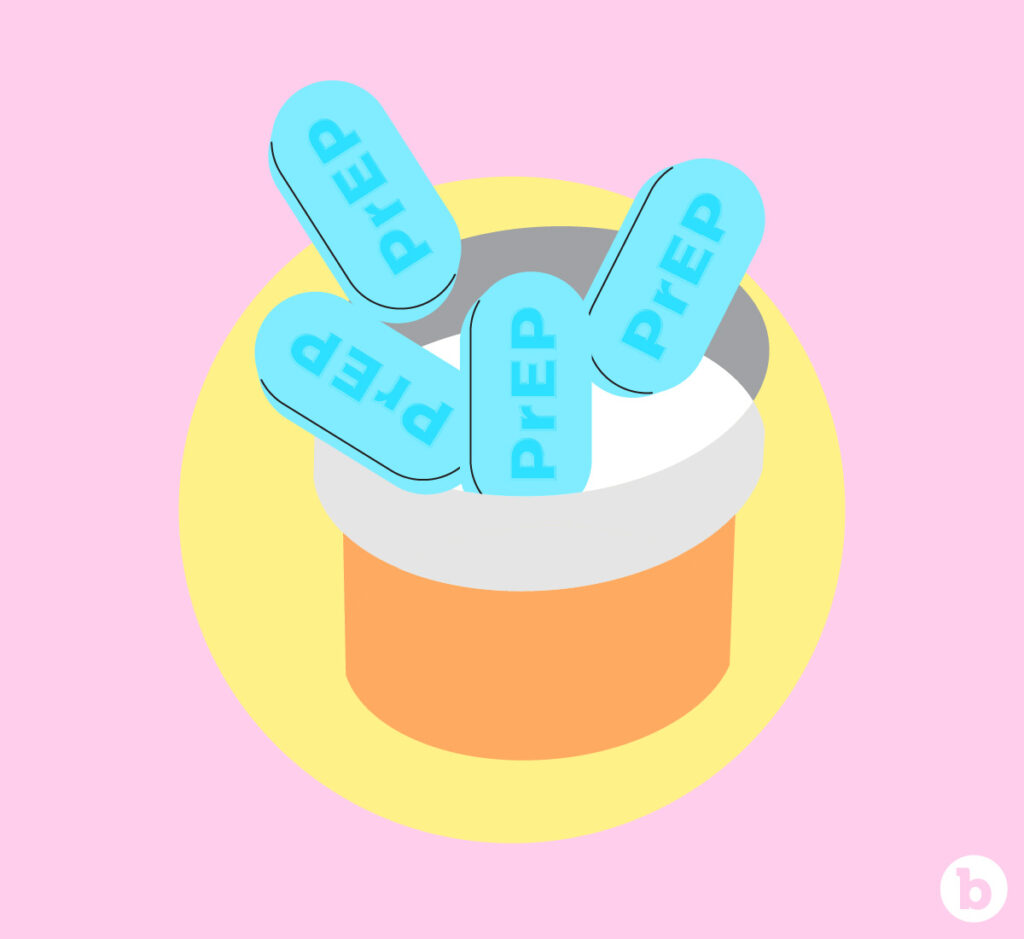
United States
Canada
Thailand
For those without insurance, where PrEP is unattainably expensive, or where same-sex relations are still criminalized, Thailand has been a safe haven to attain affordable PrEP safely and is free to residents of Thailand under their Universal Health Coverage. We recommend Pulse Clinic as one tried & tested option.
A FINAL WORD ON PrEP
The myths and stigmas associated with HIV can be mighty powerful, but you can rest easy knowing that, on PrEP, you are successfully protecting yourself from HIV.
If you have difficulty starting the PrEP process, I personally found Googling nearby clinics that specialize in sexual health for LGBTQ+ individuals was incredibly helpful, and i was put in touch with sex-positive and queer-informed doctors who understood my needs and listened to my concerns without judgment. As a gayby with a lack of resources at the time, these interactions meant the world to me.
If you have trouble finding a clinic near you, telemedicine services like MISTR (for Americans) and Freddie (for Canadians) are with you every step of the way, holding your hand through the process to ensure all of your needs are met.
